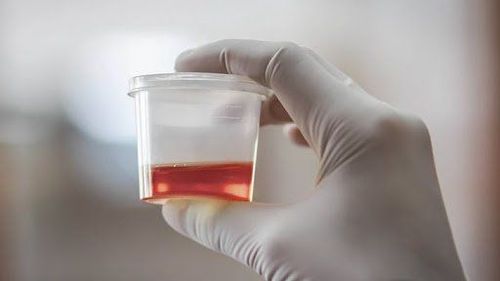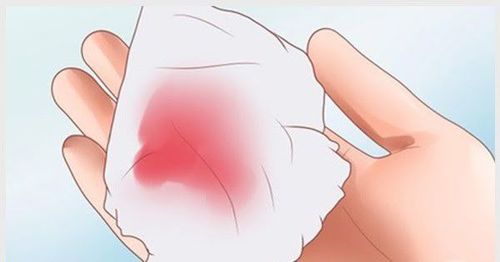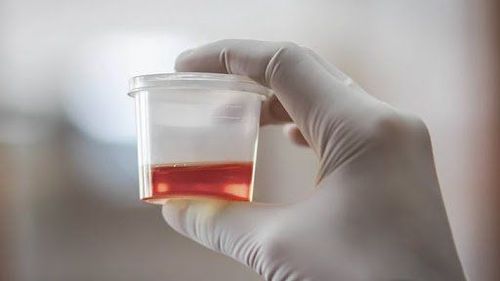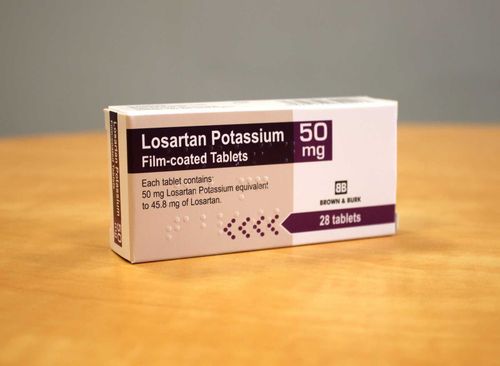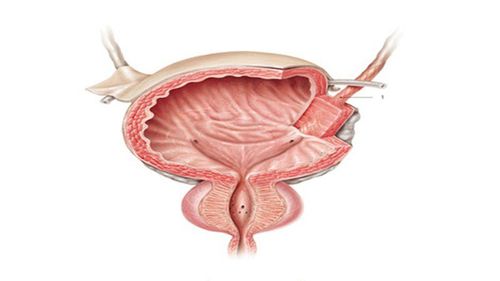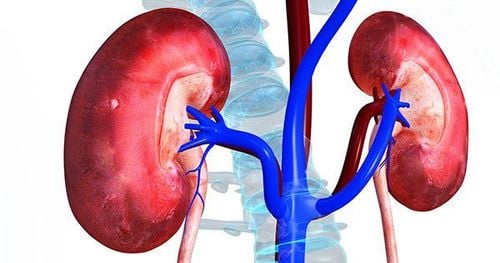This is an automatically translated article.
The article was professionally consulted with Specialist Doctor II Cao Thi Thanh - Pediatrician - Pediatrics - Neonatology - Vinmec Hai Phong International General Hospital.Trauma to the kidney, bladder, ureter or urethra is a closed lesion of the urinary system. Among these, children with kidney injury account for the highest proportion with 60-90% of cases of non-surgical kidney injury.
1. What is a kidney injury?
The kidney is a part of the abdomen, located behind the peritoneum and covered by the rib arch, behind the back is covered by the back and spine muscles. Kidney injury occurs when an external force is applied, this external force is in the opposite direction to the internal force of the body (flow of blood and urine through the kidney).Manifestations of kidney injury in children: Children will have symptoms such as: Low back pain, the pain level will gradually increase after the injury; Manifestations of abdominal distension , nausea ; Blood in the urine (urine that is pink or dark red). If an infection occurs, there will be fever, pain in the lower ribs. Internal hematoma stretches the lumbar rib area. In case of severe trauma, there will be combined injuries such as broken bones, broken bladder, torn skin. After an injury, if the child shows shock, shock, blue skin, pale mucous membranes, sweating, rapid pulse, low blood pressure, this is the most serious level of trauma.
Classification of severity of kidney injury in children: Grade 1: Renal contusion (damage to contusion of superficial hematoma in the subcapsular cortex); Grade 2: Mild renal contusion (damage to the cortical area that has not reached the renal medulla); Grade 3: Severe renal contusion (damage to the cortical area spreading to the medulla oblongata, accompanied by tearing of the renal calyx); Grade 4: Renal rupture (kidney breaks into 2 or more pieces); Grade 5: Damage to the renal peduncle.
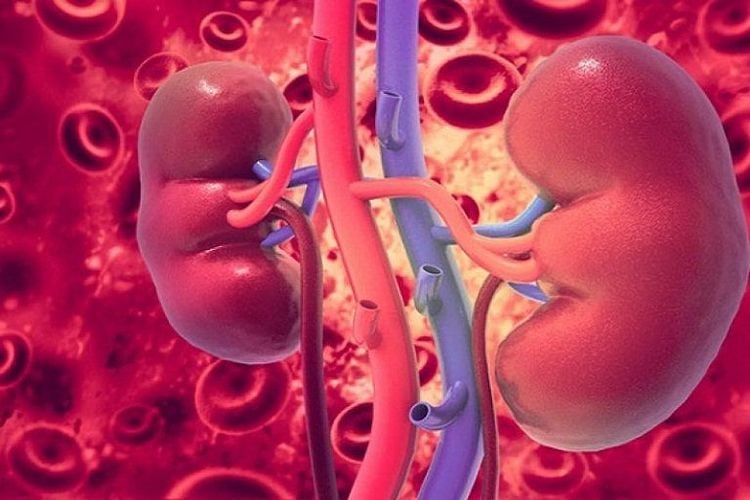
2. Kidney injury in children
Because boys are more active than girls, the rate of kidney injury in boys is higher than in girls. In addition to the cause of injury from accidents, external forces, kidney injuries in children can also be related to congenitally damaged kidney conditions such as water kidney, horseshoe kidney,... Studies show that the cause of kidney injury from dirty birth is higher in children, and the level of damage is more severe than kidney injury in adults.Mechanism of injury due to external impact on the child's kidney can come from the impact object is a blunt object or a sharp object. Injuries caused by prison objects are injuries caused by traffic accidents, falls from above, accidents in daily life and playing sports. The cause of traffic accidents accounts for a high rate. The rate of injury, tearing of renal parenchyma or renal blood vessels accounts for about 10 -15% of blunt object injuries. Closed abdominal trauma following damaged blood vessels accounts for a low rate of only 0.1%.
Injuries caused by bullets and knives are injuries caused by sharp objects. This injury causes more severe and unpredictable damage than blunt trauma to the kidney. The cause of injury from bullets can destroy the kidney tissue, spreading to other organs in the direction of the bullet's movement. Most require nephrectomy if the kidney injury is caused by a bullet.
3. Treatment of pediatric kidney injury
Principles of treatment: First, it is necessary to stop bleeding for the patient, preserve the kidney after injury, make the patient lie motionless at the bed, place a catheter from the urethra - bladder to monitor the condition of blood in urine. Apply cold compresses to the kidney area, administer fluids, and give more blood if needed. During the treatment, the doctor will combine antibiotics, pain relievers, hemostasis or diuretics for the patient. In severe cases, the doctor may recommend surgery. In case of severe injury combined with associated injuries, it is necessary to treat the accompanying injuries.Treatment of mild kidney injury: Patients with kidney damage and hematuria need to be hospitalized for treatment to preserve the kidneys until the urine is clear to normal. In case of microscopic hematuria and normal UIV, the patient can be treated at home.
Treatment of severe kidney injury:
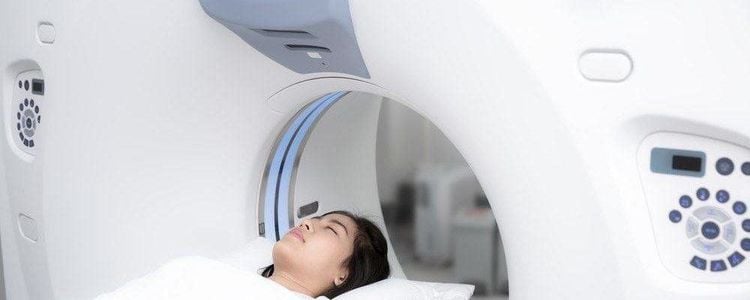
Please dial HOTLINE for more information or register for an appointment HERE. Download MyVinmec app to make appointments faster and to manage your bookings easily.





